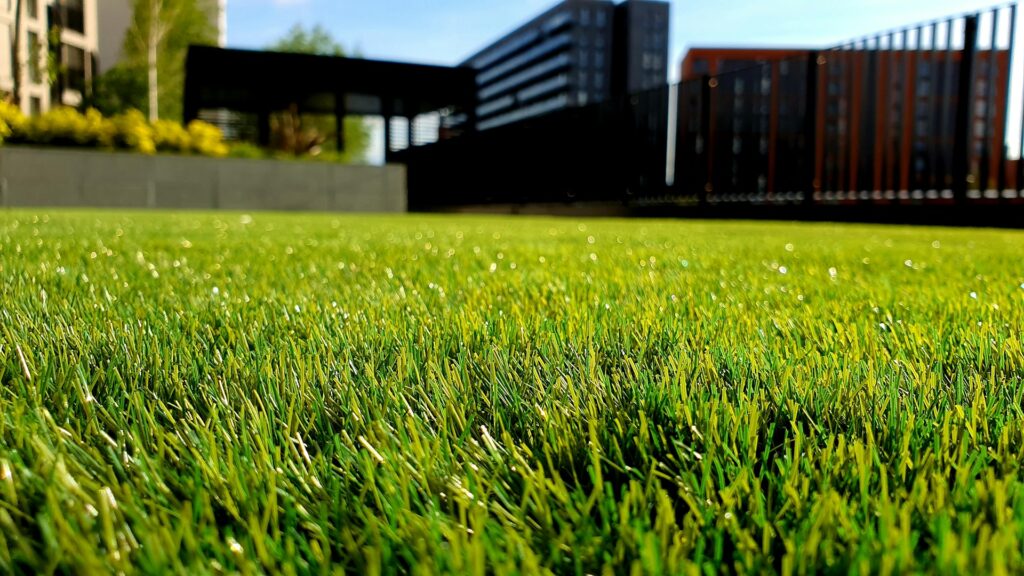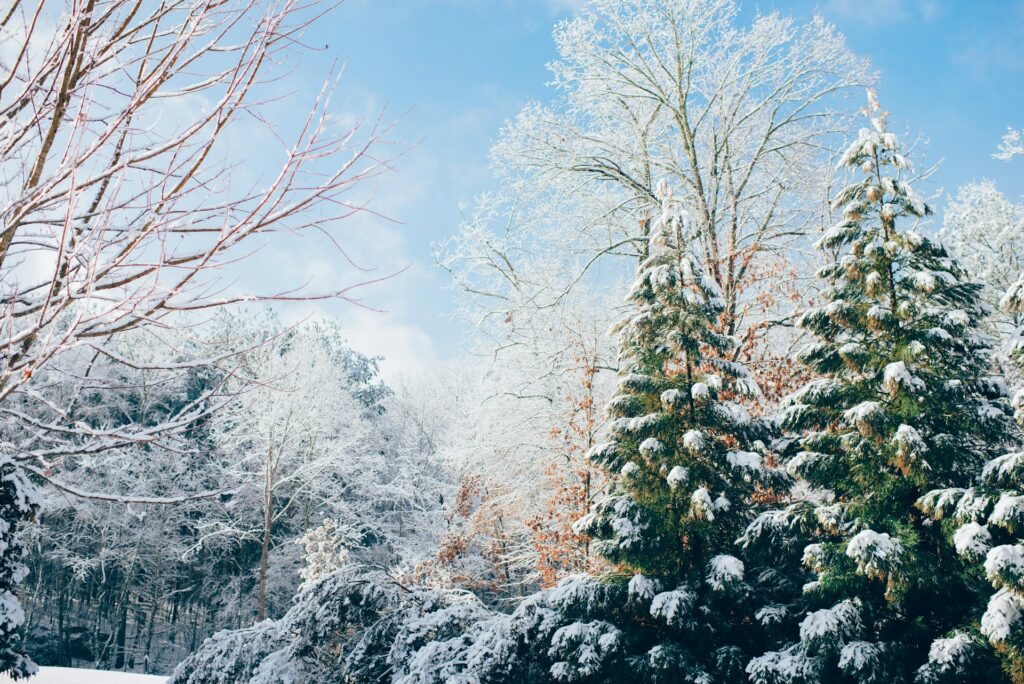
We are reader-supported. When you buy through links on our site, we may earn an affiliate commission.
Numerous methodologies litter the landscaping scene with how to design your yard best. It’s hard to commit to one style or aesthetic. Thankfully, not all landscaping strategies involve how they look — some are purely practical. Because of how environmentally concerning some outdoor edits can make, it gave way to xeriscaping. What is xeriscaping, and why should you care about what it stands for?
What Is Xeriscaping?
Xeriscaping, or dry-scaping, is landscaping to reduce or eliminate irrigation needs. This means the wildlife requires less hydration, minimizing water usage.
Taking care of yards, gardens and other landscaping requires copious amounts of water, potentially leading to scarcity in neighborhoods or cross-contamination of pollutants. It can reduce water use by up to 75%, making it one of the most eco-friendly things you can do to your plots.
Many arid homes attempt to mimic the rest of the landscape at home instead of embracing the traditional ideal of lush, green lawns. Usually, there are more pebbles and rocks surrounding flower beds, with native insects crawling and pollinating as if full of greenery.
Why Would You Consider Xeriscaping?
Apart from reducing water use, you would want to consider xeriscaping for several other reasons. The first is because it might be necessary because of the biome or if a region is going through a long drought.
Some areas are naturally devoid of precipitation, like the American Southwest. Las Vegas homes embrace xeriscaping to care for their desert wildlife when rainfall is minimal to nonexistent. Too much water might even harm biodiversity if it comes unexpectedly. Yards are often given too much water because sprinklers automate the process.
Considering xeriscaping helps prioritize acclimating with the flora and fauna where you live, understanding their actual water needs and adjusting your relationship with this habit. When only 2.5% of the Earth’s water is fresh, we must preserve it at all costs.
Even cities are embracing xeriscaping because it lessens stress on water treatment and utility companies. Drinkable water, which is already a treasured commodity in countless communities worldwide, should not have to go toward lawns.

What Benefits Does Xeriscaping Provide?
Numerous pressures exist to have a perfect, well-trimmed lawn with healthy Kentucky bluegrass that has been societally embedded for decades. This mentality must stop, as it promotes wasteful, comparative mindsets in homeowners when their actions damage biodiversity and dismiss the value of the land they own. Drought-resistant plants perfect for xeriscaping may not ooze the class of magazine-worthy lawns, but it will draw pollinators and be better for the planet.
The water and energy savings are unreal. Around 30% of water from American households goes to lawn care — that’s nine billion gallons. This leads to financial savings, too, which you’ll notice every month on your utility bill.
How Do You Get Started?
Does xeriscaping sound like something you want to experiment with? Here are a couple of steps to get started with planning.
Step 1: Choose the Right Inhabitants
Only some kinds of plants, crops, and flowers thrive in a low-water habitat. Drought-tolerant plants are an ideal place to start. Examples include some varieties of the following:
- Cacti
- Daffodils
- Beans
- Mustards
- Lavender
- Yarrow
- Rosemary
- Grains
- Sunflowers
- Squash
Ensure what you plant is legal, healthy and native to your area. You may landscape these delightful species with good intentions, but they could spread disease or fail to thrive if the geography and climate aren’t right. It’s also best to group like things together to get the same amount of water, sunlight and nutrients.
Residents of your xeriscaped area include more than what’s growing. Rocks, soil, mulch, trees and other elements comprise a well-balanced ecosystem. These are here to prevent evaporation, improve drainage, decrease weed production and keep the little water you need where it needs to be.
Step 2: Remove Non-Native Grass
Grass is a thirsty plant. The less grass there is, the better and more manageable the area becomes. Turf also is not part of xeriscaping because it hinders organic growth. Underneath the blades is potentially neglected soil. You’ll want to do a soil test to ensure it isn’t contaminated and the pH is adequate for your landscaping plan and plant zones.
If you want grass, ensure it is native and easier to maintain than common yard varieties, such as buffalo grass or clover. Look into native options by researching what originally grew in your area.
Step 3: Have Water-Efficient Systems
It’s time to uproot those sprinklers that waste water every time they come on to evaporation. Consider alternatives, like drip-based irrigation or soaker hoses that lead water directly to the plant. It lessens the water waste going to areas where it is not necessary and prevents overwatering.
Step 4: Ditch the Lawnmower
Xeriscaping isn’t exclusive to deserts — it also works in some green environments. Front yards can be abundant with life with low-water needs. Getting rid of the mower is the first step in overcoming the itch to cut flourishing flora away.
Step 5: Be Proud and Educate
The green grass lawn is the standard because it is aesthetically pleasing. It also improves property values when the landscaping meets conventional expectations. This perspective can’t change unless you stay proud of your decision to create an unconventional yard and explain to people the benefits it provides.

What Is Xeriscaping and How Is it Applicable in 2024?
Xeriscaping isn’t as simple as reducing water usage in your garden. Your landscaping may not be healthy by using this strategy. It all depends on what you want to grow, your climate’s behaviors and the earth’s needs. Regardless of whether you think you can apply xeriscaping at home, it is an excellent wake-up call to be aware of water usage on our lands.
Tending to green yards to demonstrate wealth or class wastes resources, especially when common grass species drive away native wildlife. Consider the ideals behind xeriscaping next time you tend to your land, and it may inspire you to think about water and plant care more comprehensively.










